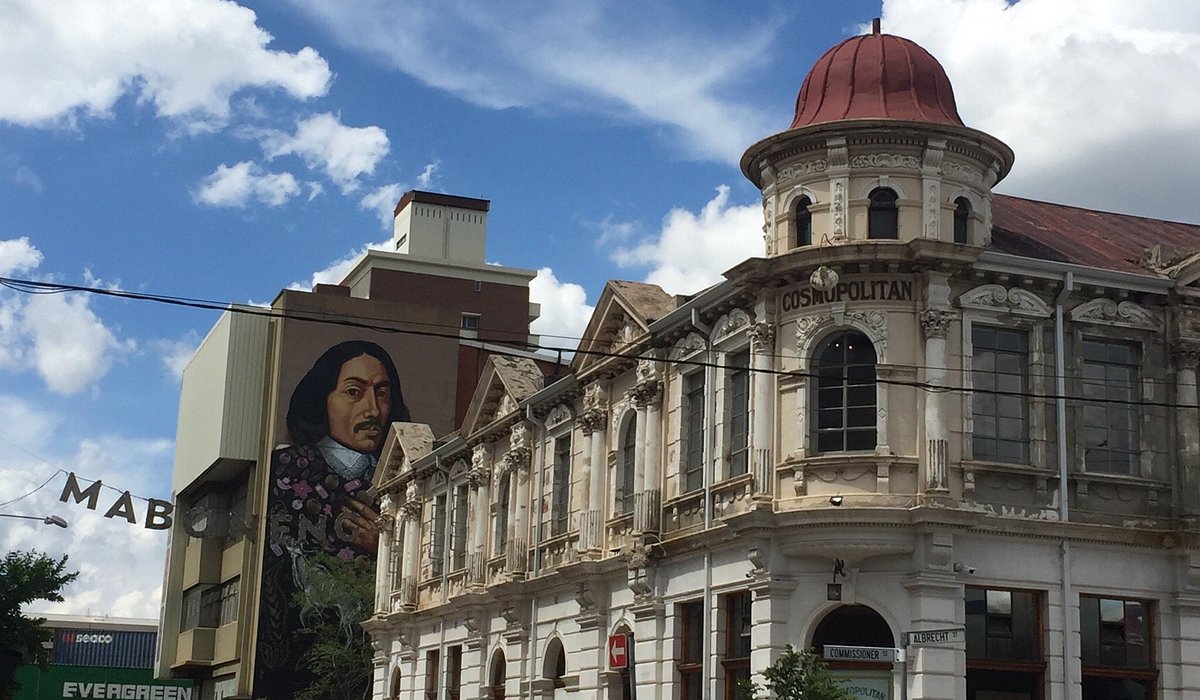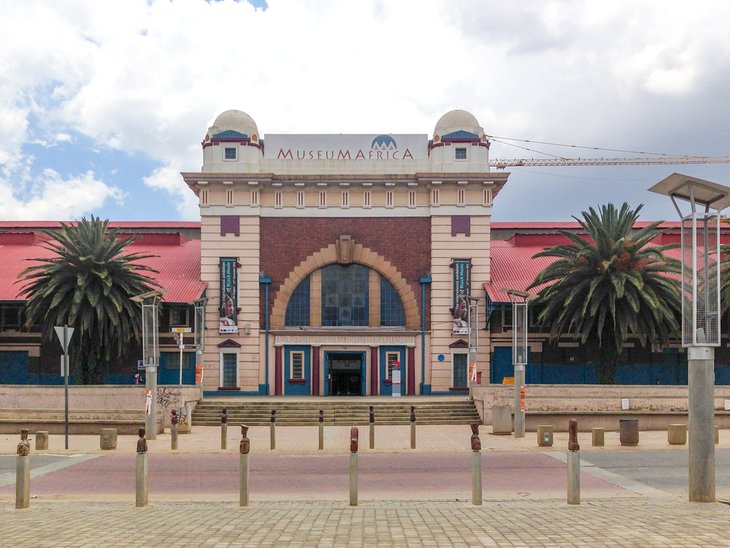6 Easy Facts About Johannesburg North Attractions Described
6 Easy Facts About Johannesburg North Attractions Described
Blog Article
Examine This Report about Johannesburg North Attractions
Table of ContentsSome Known Details About Johannesburg North Attractions Johannesburg North Attractions for BeginnersRumored Buzz on Johannesburg North AttractionsJohannesburg North Attractions - QuestionsOur Johannesburg North Attractions StatementsMore About Johannesburg North AttractionsThe Definitive Guide to Johannesburg North Attractions
However you must keep safety and security in mind and visitors need to remain sharp whatsoever times when in unknown surroundings. Talk to the citizens when you are in town to learn about the location you are remaining in. Johannesburg North attractions. When on the street (this does not put on shopping malls and other safe and secure atmospheres) ideal general guidance is to try your ideal to appear like a neighborhood and to avoid showing any kind of type of riches
Our Johannesburg North Attractions Statements
Teacher Revil Mason O. J. (Thomson, 1946) explored the Witwatersrand's pre-colonial background. His archaeological work blew up the 'em pty land' misconception, according to which the area was without human habitation before the arrival of European inhabitants. In his magazines Prehistory of the Transvaal: A Document of Human Task (1962) and Beginnings of Black People of Johannesburg and the Southern Western Central Transvaal Advertisement 3501880 (1986 ), Professor Mason demonstrated the extent of social and economic advancement in the area before Europeans established foot below.

Some Known Factual Statements About Johannesburg North Attractions
In 1878, David Wardrop located gold in quartz capillaries at Zwartkop, north of Krugersdorp. In 1881, Stephanus Minnaar came throughout gold on the ranch Kromdraai, near the Cradle of Humankind.
In March 1886, a protrusion (quickly to be called the Key Reef) was found, rather luckily, on Gerhardus Oosthuizen's farm Langlaagte. Some claim that the Lancastrian coal miner George Pedestrian found this coral reef. An additional itinerant English miner, George Harrison (that had actually previously operated in Australian mines) gotten a prospecting permit in regard of Langlaagte in May 1886.
He made a decision to carry on in a quest for greener fields, and disposed of his Langlaagte insurance claim for the princely amount of 10. Alas: under lay the wealthiest goldfield ever before found. The exploration of this abundant auriferous coral reef prompted a gold rush that signalled the end of bucolic tranquillity in the southerly Transvaal.
It would, within 6 years, end up being the biggest community in southern Africa. Within a decade, it would make the Z. A. R. up until then an anarchical and bankrupt little state the richest country in Africa. By the turn of the century, the Z. A. R. was to go beyond Russia, Australia and the USA of America to become the world's leading gold producer, producing greater than a quarter of the world's gold.
Some Known Questions About Johannesburg North Attractions.
It was known as Ferreira's Camp, named after Colonel Ignatius Ferreira. He was a Boer adventurer upon whom the British authorities had actually presented the standing of Companion of one of the most Identified Order of St Michael and St George (qualifying him to the post-nominal letters C. M. G.) in thankfulness for his role in the battle that had deposed the Pedi king Sekhukhune in 1879.
2 various other camps were developed: Meyer's Camp on the farm Doornfontein, and Paarl Camp. The latter was nicknamed Afrikander Camp; several people from the Cape Swarm worked out there.

About Johannesburg North Attractions
This name acquired currency by word of mouth, such that the State Assistant affirmed the name to the Mining Commissioner on 9 October 1886. Stands in the town were auctioned on 8 try these out December 1886. While some stands were offered for 10, others were torn down hop over to these guys for just sixpence.
2 years later, these erven were to transform hands for as long as 750 each. The tented camps decreased as a dorp of corrugated iron buildings developed and broadened north of the mines located along the Key Reef Road. Locations such as Jeppe's Town (where working-class immigrants erected their residences) and Doornfontein (where the upscale new 'Randlords' started to construct their opulent houses) were quickly contributed to the ever-expanding map of the community.
The Johannesburg North Attractions Diaries
Aside from the street names, there were no indications of Johannesburg being positioned in a Dutch-speaking nation. Many years later on, C. W. Kearns O. J. (one of the very first children registered at St John's University in 1898) would certainly remember: 'A strange truth concerning Johannesburg was that, although it remained in the [Boer Republic], almost every person talked English and also the Federal government servants dealt with one in English, unless they were initial resolved in the Taal (or Low Dutch)'.
Therefore, Britain had a rate of interest in ensuring optimal conditions for gold production on the Witwatersrand, and that the gold was exported to London rather than Berlin a crucial rendered all the more clamant by the Z. A. R - Johannesburg North attractions.'s increasing toenadering with Germany. Mine owners got on a collision training course with Head of state Kruger, whose policy of monopolistic concessions (frequently given to his cronies) avoided mining companies from procuring products of products (particularly dynamite) and labour on their own, the original source less expensive terms
All About Johannesburg North Attractions
In 1890, the Volksraad had actually restricted the franchise to white men who had actually lived in the Z. A. R. for fourteen years or longer, thus disqualifying the majority of the immigrants (who occurred to be the significant factors to the fiscus). Agitation for the vote was a plain pretense for promoting a various schedule; many uitlanders concerned themselves as short-term site visitors and had no intention of staying in the Z.
Report this page